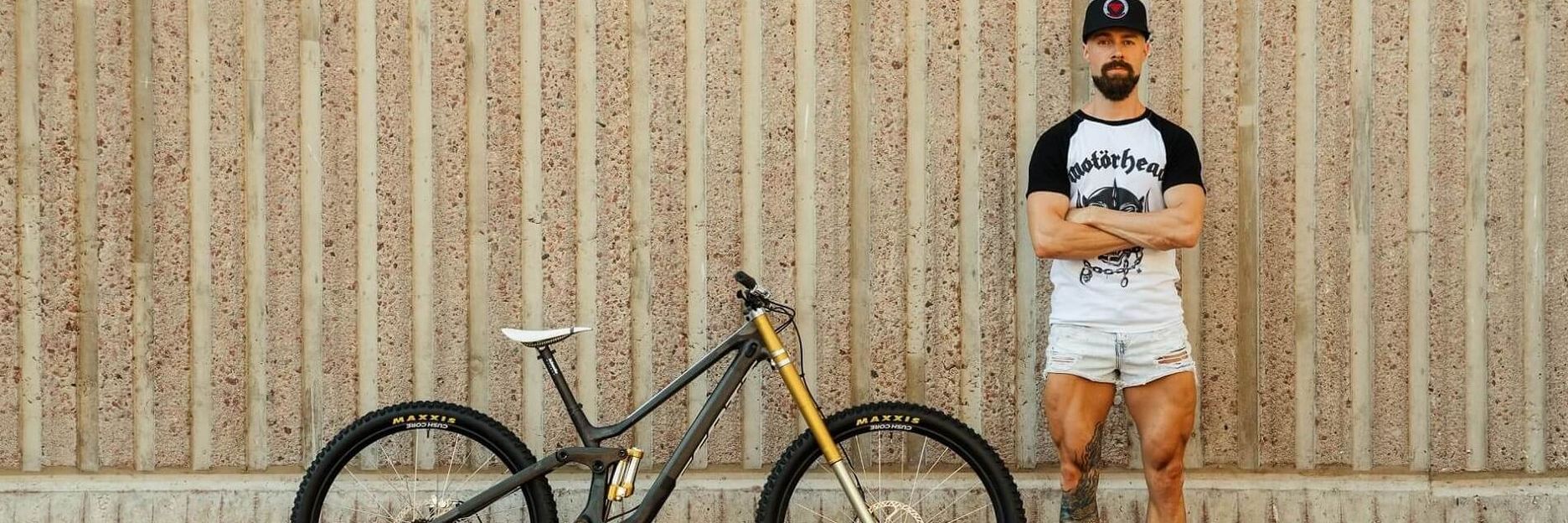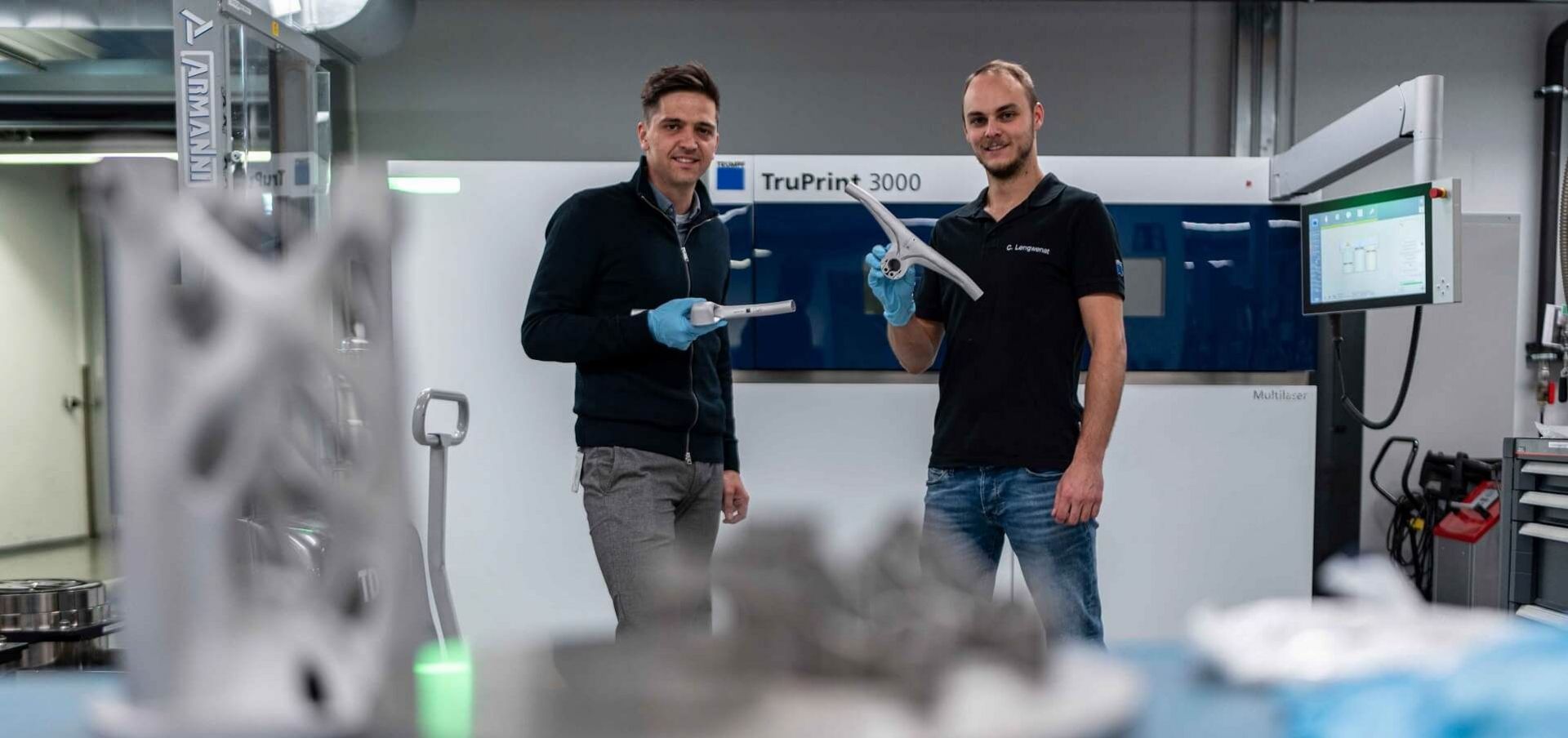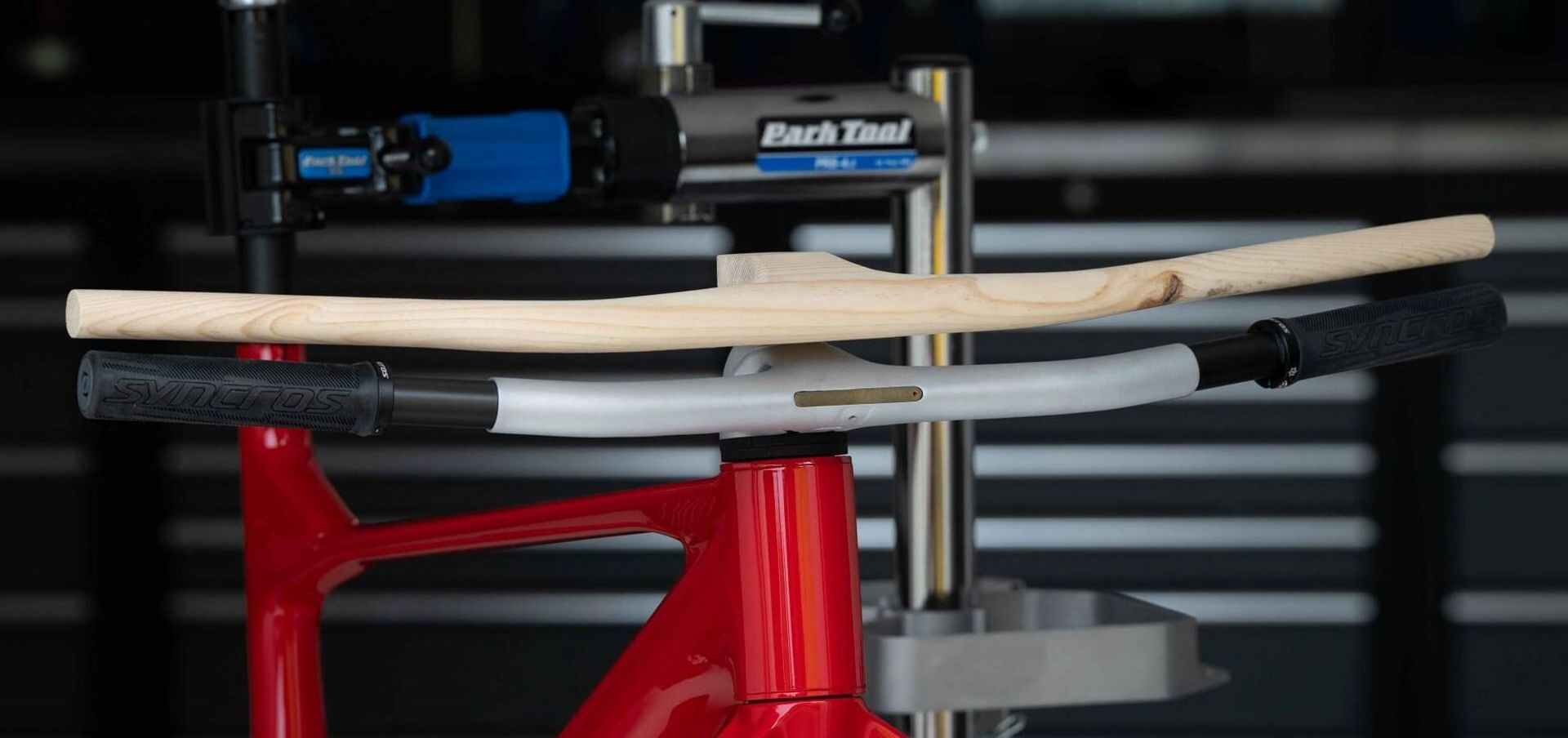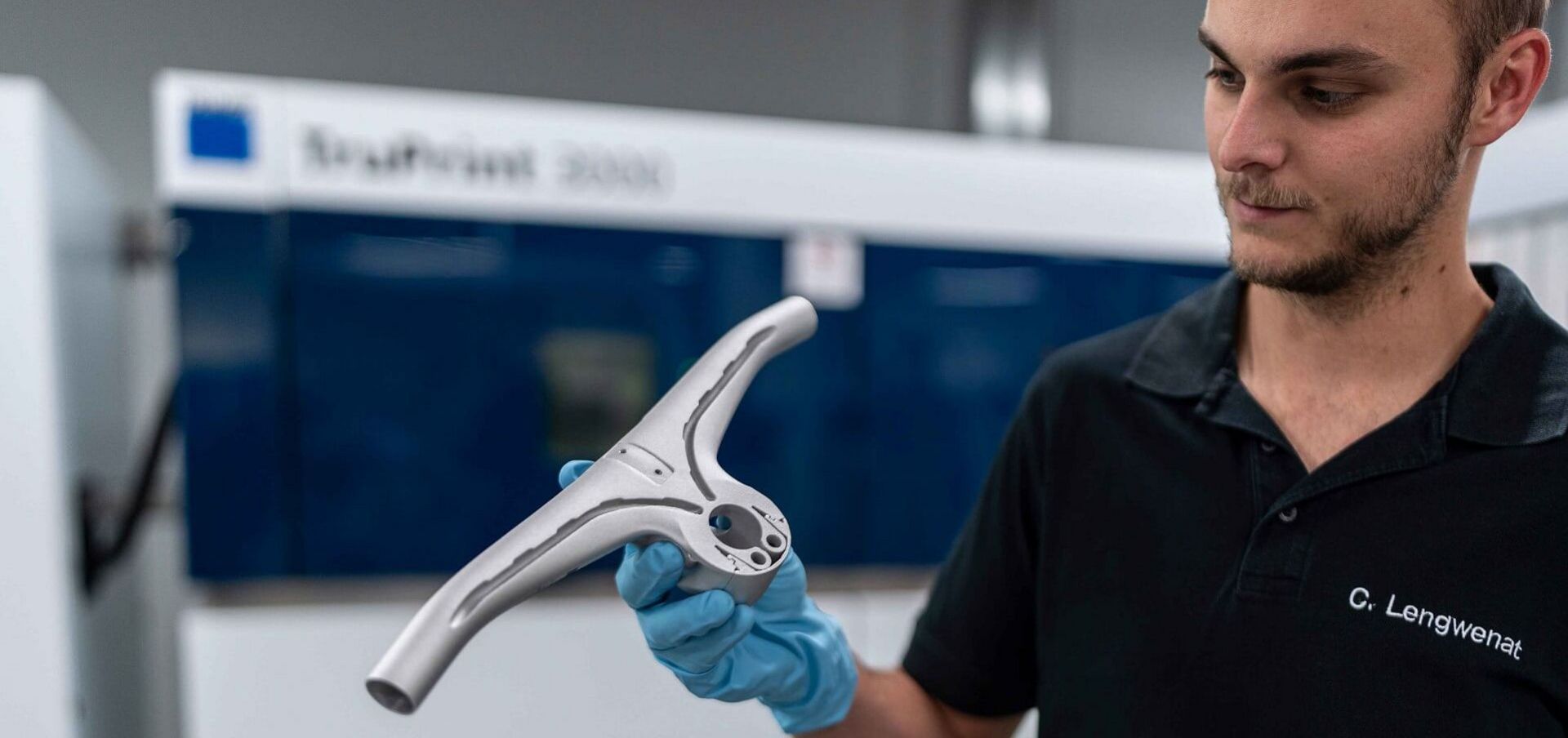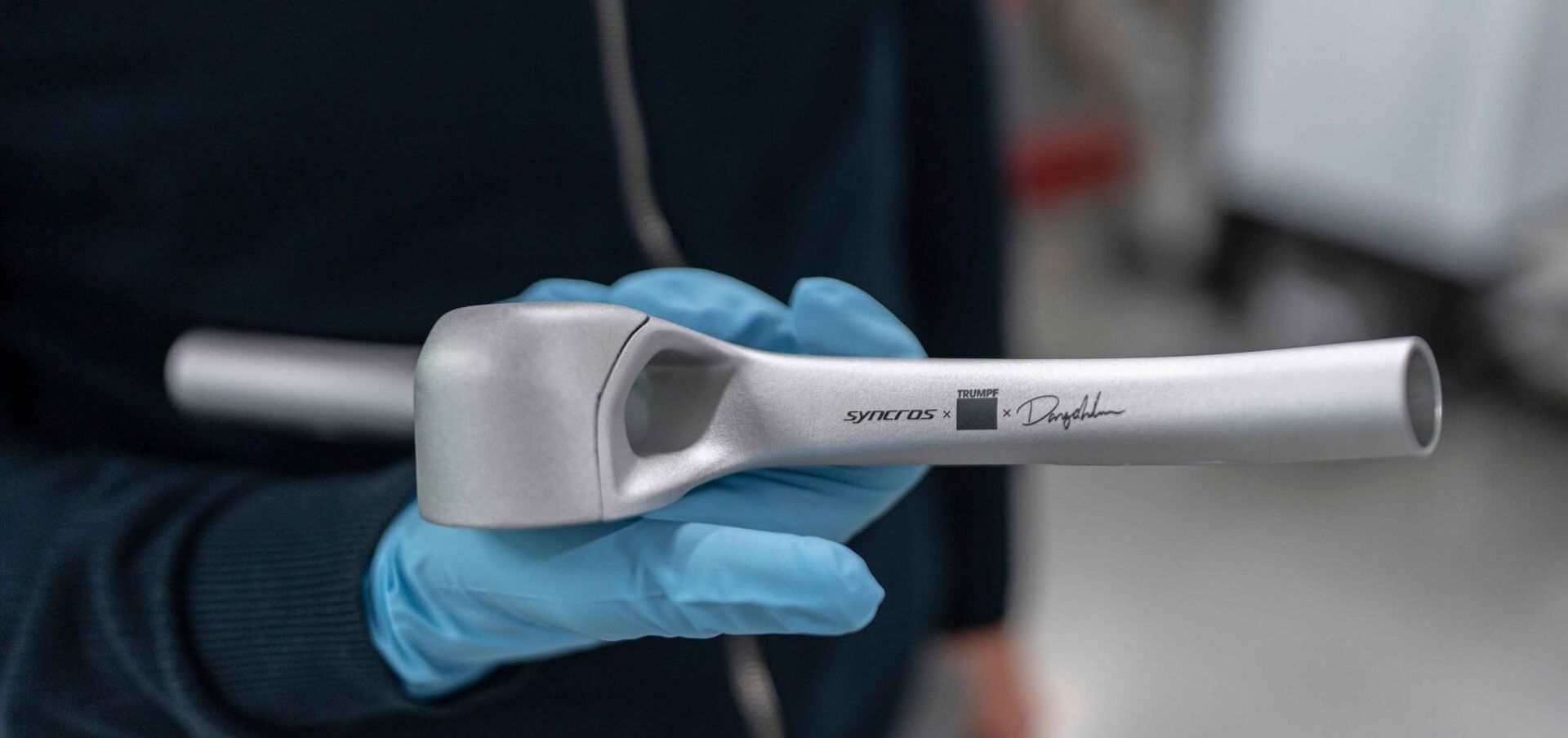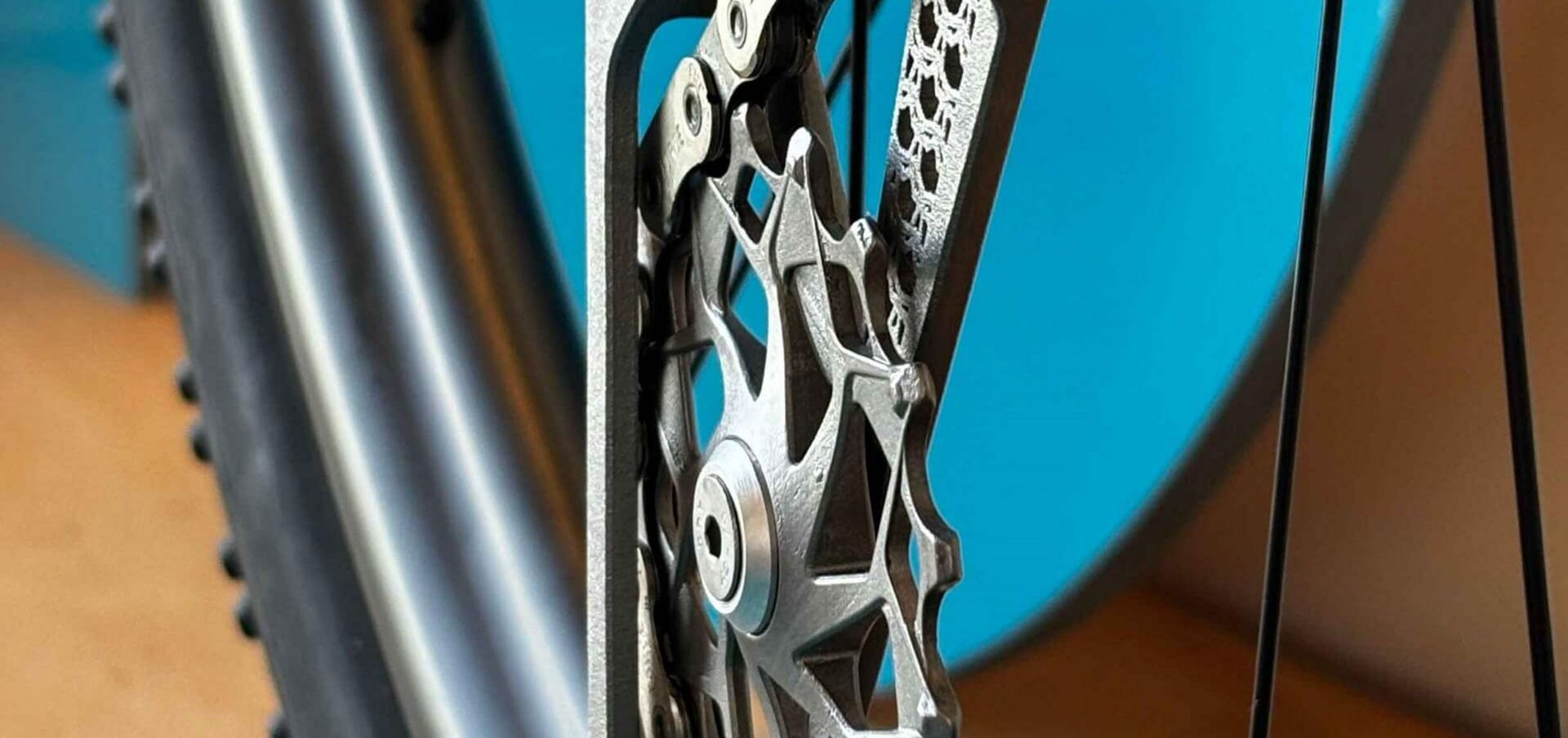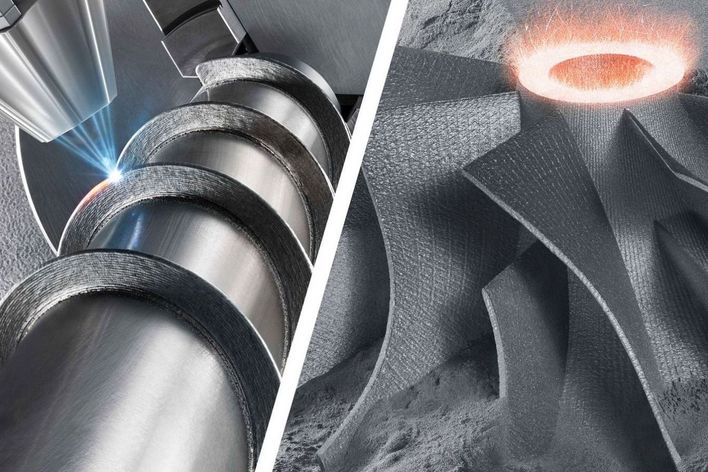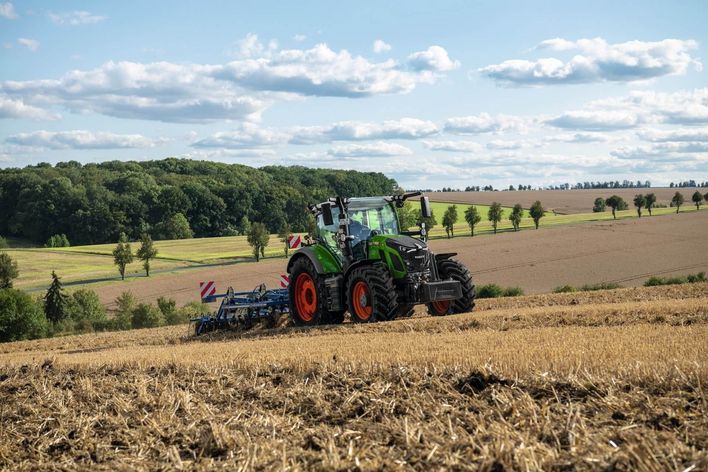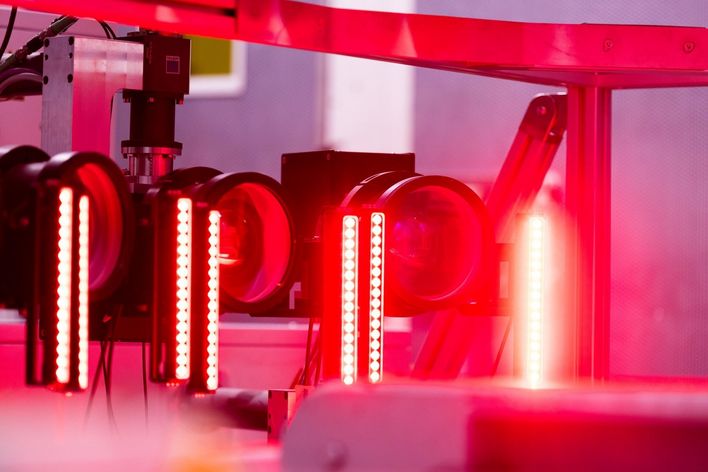Denim vest, shorts and a bike: the envy of the cycling world. This is how the extreme bike tuner, Dangerholm, alias Gustav Gullholm, is seen in countless photos. His concept: building bikes out of a pure passion for aesthetics and riding. With perfectionism and a wealth of ideas, the tuner has produced bikes that have made him one of the stars of the bike industry.
And one of his ideas? A completely new handlebar. The Norwegian-born mechanic, who lives in Sweden, first built it with wood and says: "Compared to what the TRUMPF engineers achieved, my design was rather caveman-like." In addition to its futuristic design, the handlebars are essentially based on a unit with semi-internal ducts for the brake cables. And assembly and maintenance is designed to be completed without time-consuming disassembly and brake bleeding. A so-called snap-push connection made this possible, with the cables running along channels and being held in place by clips. These clips have undercuts, meaning they would require a very complicated mold to make the handlebar with carbon. 3D printing is better in terms of process technology and gives a more elegant design.
Prototype development with 3D printing
Maxime Lallemand, Syncros Components Engineer at Scott, one of the major brand manufacturers in the bicycle industry, says "We have been working with Dangerholm for many years. This time, he wanted to produce a prototype of his idea of the bike of the future with us for Eurobike 2024 - not a design study, but a fully operational mountain bike. The new handlebar concept was also a particular challenge for us."
The clock started ticking: there were five months until Eurobike. For development, production on the TruPrint 3000 and ISO certification of the handlebars. So Scott developer Maxime Lallemand and Quentin Beauregard, MTB Lead Designer at Scott, got in used their contacts to the TRUMPF specialists for 3D printers: "For prototype development, aluminum 3D printing is unbeatable in terms of cost and speed compared to classic carbon/mold construction. Technically speaking, 3D printing pushes the boundaries in terms of form and function. This enables us to build a technically perfect handlebar and for Gustav that eliminates all visual distractions."
Two years earlier: door-to-door canvassing in the bike scene
Maxime Lallemand and Quentin Beauregard met application developers Chris Lengwenat and his colleague Nicolas Haydt, technology experts for additive manufacturing at TRUMPF, at Eurobike in 2022. And in their luggage the pair had a brake lever, a brake caliper and a pedal - developed by the two TRUMPF experts and printed on a TruPrint with aluminum and titanium. "We went from stand to stand with our small suitcase," recalls Lengwenat, Haydt adding: "By the end of the day, we had many new contacts in the development departments of a lot of major manufacturers, including Maxime Lallemand. And he also introduced us to bike tuner Dangerholm."
Today: pioneers in aluminum printing
A meeting that left an impression: In the run-up to Eurobike 2024, the threads between TRUMPF, Scott and Dangerholm came together again: "The fact that 3D printing with aluminum is even an option for components such as the handlebars is due to a new high-strength alloy," explains TRUMPF expert Christian Lengwenat and adds: "Aluminum 6061 has already found a lot of fans in the bicycle sector. And we are currently the only ones in Europe with experience in printing with this material."
For the experts at Trumpf, the project was an opportunity to exchange ideas with the carbon experts from SCOTT Sports: They have decades of experience in the production of high-quality carbon bicycles and components. For Lallemand, it was obvious: "We were able to optimally combine our respective areas of expertise in this handlebar project.
Full design freedom
As 3D printing specialist Lengwenat explains, there are no design restrictions with additive manufacturing: "Unlike conventional methods, such as milling, metal 3D printing wins points for its freedom of form. Tools reach their physical limits, whereas powder can be built up in any shape." Haydt adds: "The internal cable channels of the Dangerholm handlebars can only be realized with 3D printing and we achieve high stability with low weight - this is what makes aluminum printing so interesting, especially for the bike industry."
Dangerholm, Scott and TRUMPF completed the sophisticated handlebar design just in time for Eurobike 24. Back in Sweden, Dangerholm is delighted: "3D printing is like science fiction. You are literally holding a little piece of the future in your hands."
Additive manufacturing with titanium
Same bike, different supplier - Dangerholm works with Faction Bike Studio from Canada for the derailleur components. TRUMPF specialists Lengwenat and Haydt fitted the bike with titanium components on behalf of Faction Bike Studio. These are exposed and error-prone rear derailleur components such as the parallelogram and the cage. The components were printed on a TruPrint 1000 using Ti64 Gd.23, a special titanium alloy with a particularly low oxygen content. This has taken stability and design to a new level.

